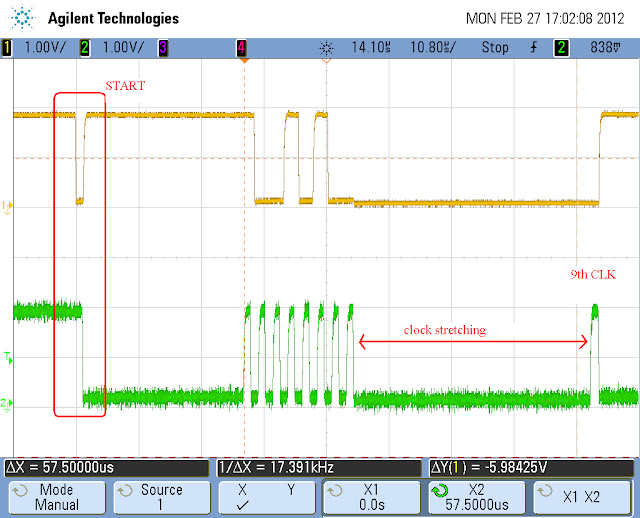FIFO will enhance the performance of i2c,
Mutli byte transfer.
If slave device is having something like 32 bit of register address and data.
Below is an example of reading a i2c slave register.
Register address and data is 32 bits wide.
When FIFO is disabled it took 2.47 ms to complete the entire transaction compared to 391 us when FIFO enabled.

